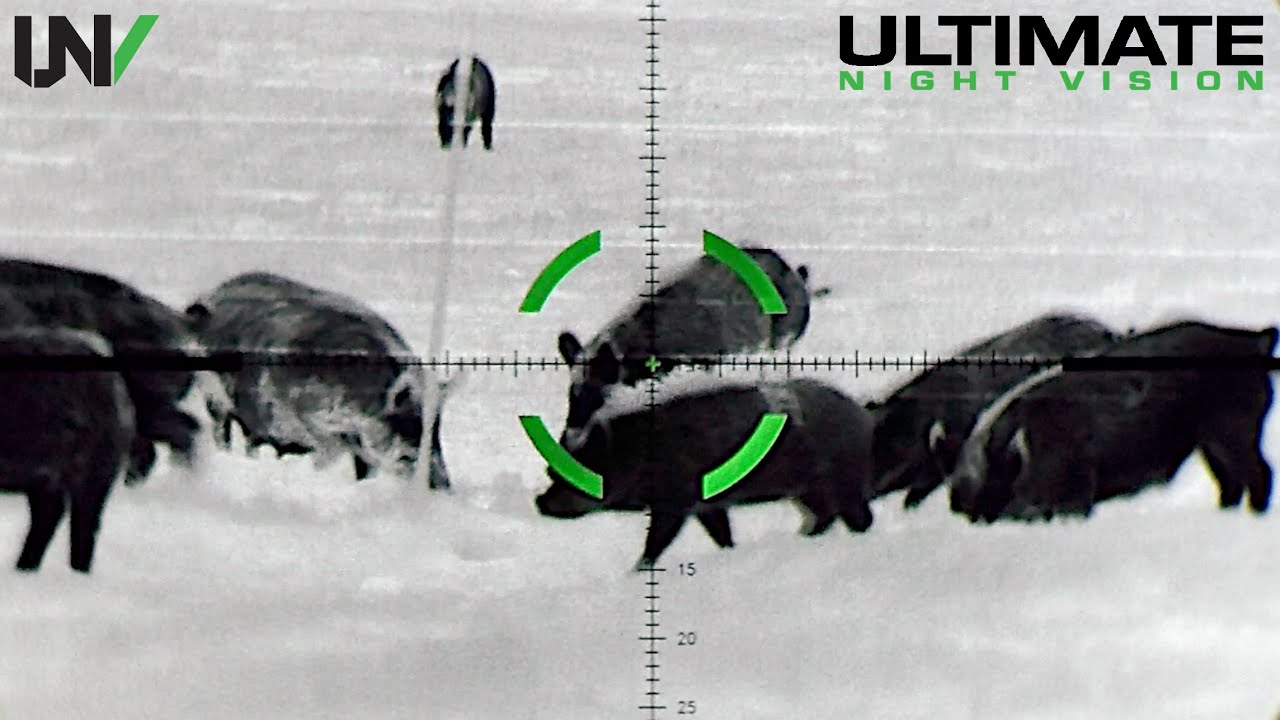
Understanding Twist Rate for Precision Shooting: Key to Accuracy
Twist rate is a fundamental aspect of rifle shooting that significantly impacts accuracy. This article delves into what twist rate is and how you can optimize it for precise shots downrange.
What is Twist Rate?
Twist rate refers to the rate of spin imparted to a bullet by the rifling in the barrel of a rifle. For example, a twist rate of 1:10, common in .308 rifles, means the bullet completes one full rotation for every ten inches of barrel length. If the twist rate is too slow, the bullet may not achieve the necessary stability, leading to tumbling and reduced accuracy.
The concept of twist rate can be likened to throwing a rugby ball. A well-thrown spiral rugby ball is more accurate than one thrown end over end, due to its stability in flight. Similarly, a bullet with a good spin will travel more accurately downrange, especially over longer distances.
How Rifling Creates Spin
Rifling refers to the spiral grooves cut into the inside of a rifle’s barrel. As the bullet travels through the barrel, these grooves make it spin. The tighter the rifling pattern, the faster the bullet spins.
Twist rate is typically expressed as a ratio. A 1:10 twist rate means the bullet makes one full rotation for every ten inches of barrel. A smaller second number indicates a faster spin rate, which is crucial for stabilizing longer and heavier bullets.

Why Twist Rate Matters
Understanding twist rate is crucial for optimizing shooting performance. The barrel must impart sufficient spin to stabilize the bullets. Longer bullets require a faster twist rate to achieve adequate flight stability. Since heavier bullets are usually longer, shooting them from a barrel with a faster twist rate is essential.
Consequences of Improper Twist Rate
There is considerable debate among shooters regarding twist rate optimization. Over-twisting a bullet can theoretically cause it to disintegrate mid-air, though this is highly unlikely in practical shooting scenarios. Nonetheless, shooting frangible bullets from an overly aggressive twist rate can increase the chances of bullet fragmentation.
Optimizing Twist Rate and Ammunition
Matching your rifle’s twist rate with the appropriate ammunition is essential for optimal performance. For instance, a common twist rate for .308 rifles is 1:10, which works well with 175-grain projectiles and heavier bullets. Lighter bullets may suffer in accuracy when fired from a barrel with such an aggressive twist rate. On the other hand, a 1:12 twist rate is suitable for lighter bullets, typically ranging from 110 to 147 grains, providing a balance between stability and accuracy.
Below is a reference chart for common hunting calibers:
.25-06 Twist & Bullet Weight Chart
• 1:10 Twist Rate: 100-120 Grain
• 1:12 Twist Rate: 85-100 Grain.308 Twist & Bullet Weight Chart
• 1:10 Twist Rate: 175+ Grain
• 1:11 Twist Rate: 147-175 Grain
• 1:12 Twist Rate: 110-147 GrainHandguns and Hunting Rifles
Handguns and hunting rifles typically have manufacturer-selected twist rates suitable for the intended cartridge. While there are some exceptions, the differences in accuracy and performance are often minimal. A slower twist rate can produce less pressure and slightly better accuracy with lighter projectiles. Faster twist rates may be necessary for stabilizing extremely heavy bullets at long-range targets, such as those encountered by snipers.

Final Thoughts
Twist rate is a key factor in shooting accuracy. While it is not a substitute for practice and proficiency, understanding and optimizing twist rate can enhance shooting performance. By finding the right combination of barrel twist and bullet weight, you can fine-tune your shooting for greater precision.
Remember, the best way to improve your shooting skills is to spend time practicing. However, incorporating an understanding of twist rate into your shooting routine can help you achieve more accurate and consistent results.
By optimizing your rifle’s twist rate, you can maximize its potential and improve your shooting accuracy significantly.




8ptd03